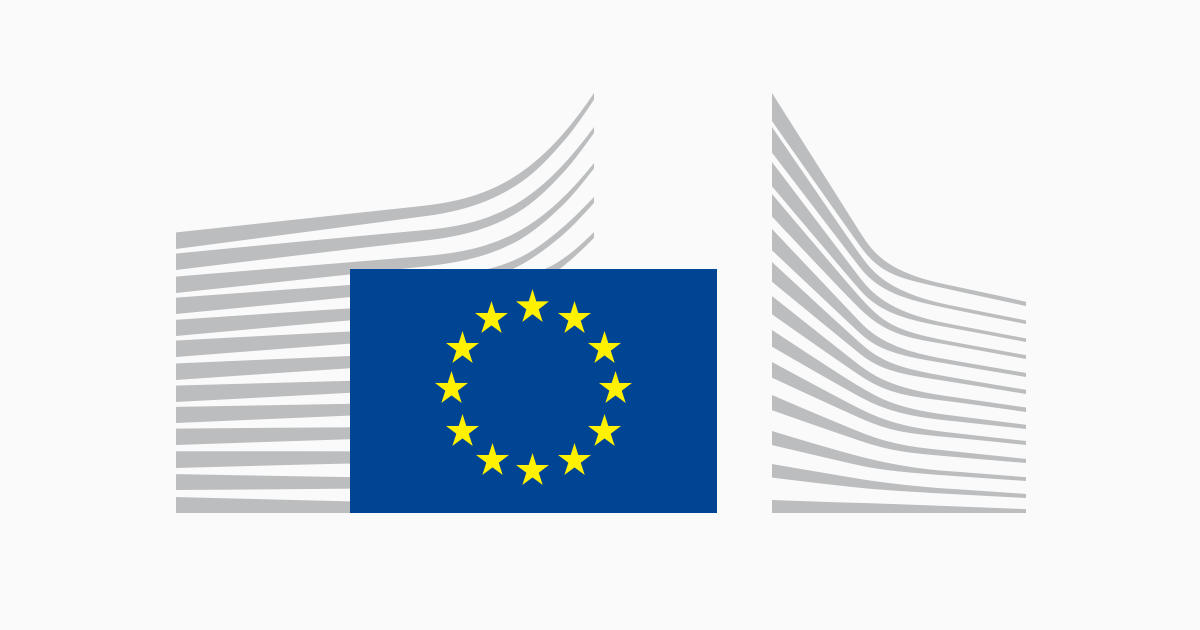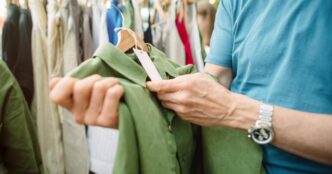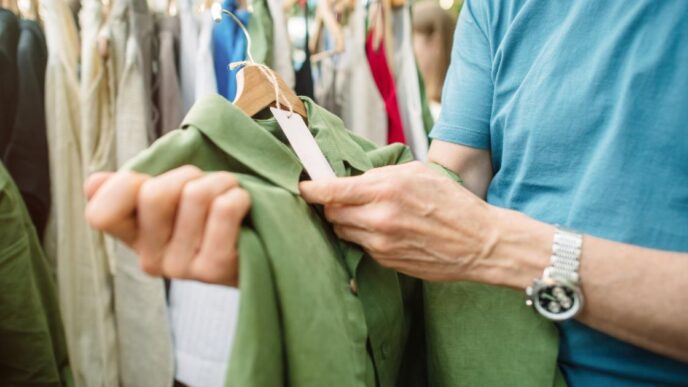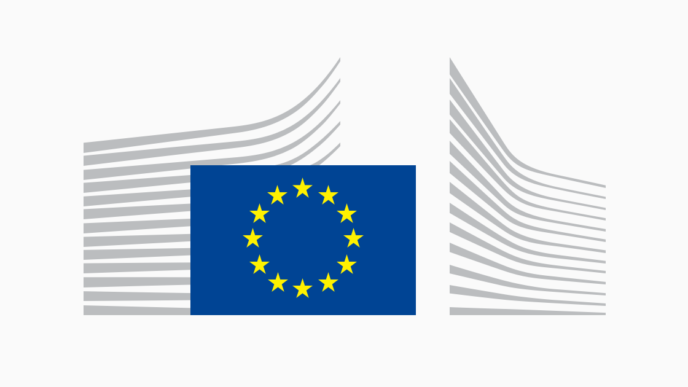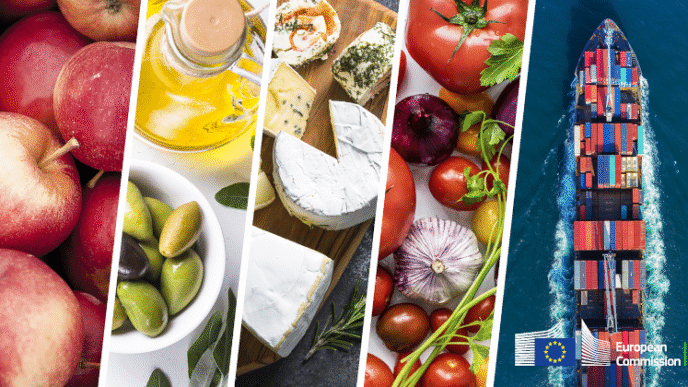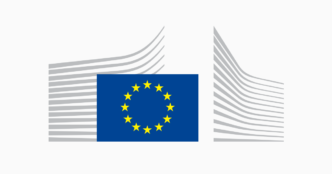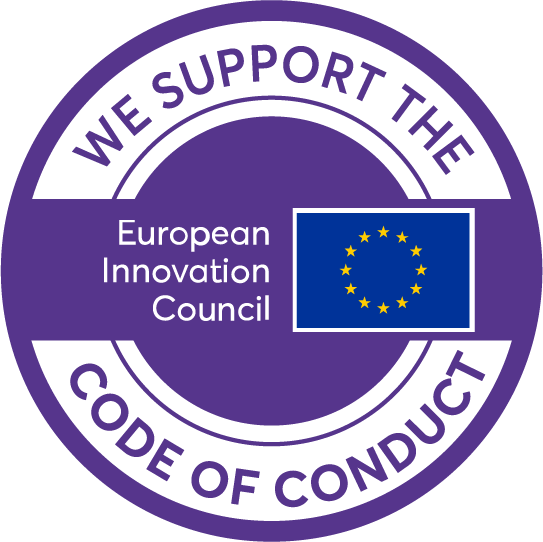A significant proportion of children’s activity toys sold in the EU fails to comply with EU standards, as shown by tests conducted on a sample of 89 swings, activity towers and climbing frames. This is the result of an inspection campaign, JACOP 2024, organised by the European Commission’s Directorate-General for Internal Market, Industry, Entrepreneurship and SMEs (DG GROW).
The items were selected due to existing concerns about their compliance with EU standards and were tested in an accredited laboratory in Spain. The major shortcomings found are related to stability, risk of entrapment of a child’s head and neck, fingers, hair and clothing; difficulties in assembling the product; and maximum height above the regulatory limit. Other concerns included detachable small parts that children could swallow, and sharp edges.
Only 15 (17 %) of the products sampled complied with EU standards for safe toys.
Protecting the single market
“Market surveillance campaigns like this are crucial for the smooth running of the single market. It protects consumers, but also businesses from unfair competition by those who do not comply with the rules,” said Vanessa Capurso, Policy Officer at DG GROW.
The project tested 5 product categories: indoor climbing frames (21 samples), activity towers (22) and three categories of swings: for children younger than 36 months (23 samples), for children older than 36 months (19) and for both age groups (4). These were purchased in 14 EU countries, in physical and online stores.
The two product categories that performed best were the swings for children over 36 months and those for both age groups, where 26% and 25% of the samples tested met the requirements of the applicable standards.
A similar project in 2020 tested 61 comparable items: 40 swings, 15 playhouses and 6 activity towers. A total of 57 % of the samples met safety requirements.
Warnings, markings and instructions
Separately, warnings, markings and instructions on the 89 samples were checked. Only 29 (32.5 %) met the requirements. Problems included warnings, labels and instructions not being in the language of the country where the product is sold and incomplete assembly and installation instructions.
Online buyer beware
The overwhelming majority of samples that failed were bought online: 62 of the 89 samples. Of these, only 5 (8%) passed. Of the 27 samples purchased in physical stores, 10 (37%) passed.
Testing of activity toys bought online during a similar initiative in 2020 had slightly better results. The Coordinated Activities on the Safety of Products (CASP), found that 9 out of 18 online samples passed testing requirements. For those samples purchased in physical stores, 26 out of 43 (60%) passed.
Withdrawn from the market
Based on the test results, authorities responsible for EU product safety decided that 23 products posed a serious risk, 27 a high risk and 12 a medium risk.
They ordered 20 to be recalled from consumers and 8 to be withdrawn from the market. Sales of another 8 products were banned.
For another 3, the manufacturer was ordered to make changes to the product. Three more were asked to mark their products with the appropriate warnings.
A coordinated effort
The testing was part of the Joint Actions on Compliance of Products (JACOP) 2024. Market surveillance authorities across the EU jointly selected and checked the compliance of products sold on the single market with EU health, safety and environmental standards.
Play equipment was one of the 16 product categories inspected.
Consumers need to be vigilant
The results of this project have highlighted the need for consumers to report unsafe products to market surveillance authorities, so that they can take action to have them removed from the market.
Market surveillance authorities further recommended that consumers only buy products that have the CE mark, which is a guarantee that they have been assessed to meet EU safety, health and environmental protection requirements.

